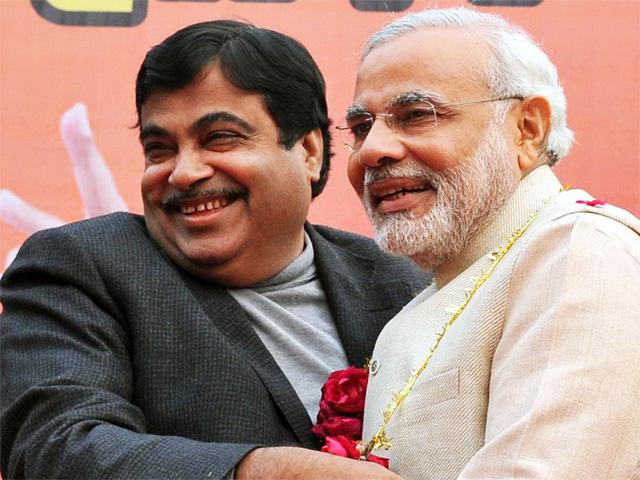When the foundational stones of BJP were laid in the early 1980s, it promised to be – ‘Party with a Difference’ and tried to keep the promise in the last four decades. It always kept ‘nation first’, party second and individual last. The aim to make the country ‘vishwa guru’ was always on the top of party agenda and therefore some tough decisions which were not in party interest but good for the country like demonetization, FDI liberalization in the retail sector were taken. The party never held any vendetta against people of the state or constituencies who did not vote for it. It always prioritized ‘national interest’ over petty politics.
The character of BJP was visible when Nitin Gadkari, Minister of Water Resources, River Development and Ganga Rejuvenation said the that his first job would be to link Godavari and Krishna to bring water to the state of Tamil Nadu. “My first job would be to link Godavari and Krishna and this (will) bring water to TamilNadu,” tweeted Tamil Nadu BJP quoting Gadkari. Given the fact that Gadkari is responsible for the overhaul of land and water infrastructure of the country, he is expected to continue in the same ministry in the second term.
My first job would be to link Godavari and Krishna and this bring water to TamilNadu – Hon min @nitin_gadkari
This is what BJP is all about
Even though you reject #TNRejectsBJP, they will do their duty.Thank you sir🙏#BJPStandsForTN pic.twitter.com/CQoZQzUpq1
— BJP Tamilnadu (@BJP4TamilNadu) May 25, 2019
As BJP’s promise to bring more than 100 lakh crores of public and private investment in infrastructure, the importance of Gadkari and his ministry rises. Nitin Gadkari is known to work in cooperation with leaders of opposition parties for the development of the states and to implement infrastructure projects. He has argued that Karnataka and Tamil Nadu fight over the water of Cauvery while more than 1,100 tmc ft water of Godavari flows into the sea. If the government is able to interlink Godavari, Krishna, Pennar, and Cauvery, the problem of water in Karnataka and Tamil Nadu will be solved. “We will take backwaters of Godavari to Krishna and from Krishna to Pennar and then to the tail end of Cauvery in Tamil Nadu,” said Nitin Gadkari.
Tamil Nadu and Karnataka fight over 45 tmc ft water while 1,100 tmc ft flows waste into the sea. The chief minister of Tamil Nadu Edappadi K. Palaniswami asked the central government to augment the water resources of state by linking Cauvery to Godavari and Nitin Gadkari has taken to the cause.
The landscape of India is vast and diverse, comparable to only a few countries like China, US and Russia. The geographical difference between states of India is more than the countries of Europe. This is the reason the Indian peninsula is called a subcontinent. There are some drawbacks of these geographical differences; the states of Bihar suffer due to floods every year while drought forces farmers in the state of Maharashtra towards suicide. This is why policymakers in the country have come up with an idea to interlink the rivers in India. The Indo-Gangetic plain of India has rivers which have water flowing through it 365 days a year because the source of these rivers is in the Himalayas. On the other hand, the rivers in Deccan plateau have water only for a few months in a year. If the rivers of the plains and plateau could be connected, then neither the plains will suffer from floods nor will the plateau face droughts. The water resources and river development ministry, led by minister Nitin Gadkari, has lined up Rs 45,000-crore worth of development projects to interlink the rivers.
Recently, a report released by the government policy tank NITI Aayog said that the cities of the country will face water scarcity if water conservation and management are not be done properly. The interlinking of rivers will help the cities in easy access to clean water. China faced the same problem a few years back with its northern part suffering from drought and southern part suffering from floods. It built the Grand Canal to link the Yangtze River and Yellow river to solve the problem. Today, the Grand Canal is one of world heritage sites and it ended the drought and flood problem to a large extent. It also gave agricultural prosperity to China. India should learn from its eastern neighbors and complete the linking of rivers as soon as possible for the prosperity of the people of the country.
